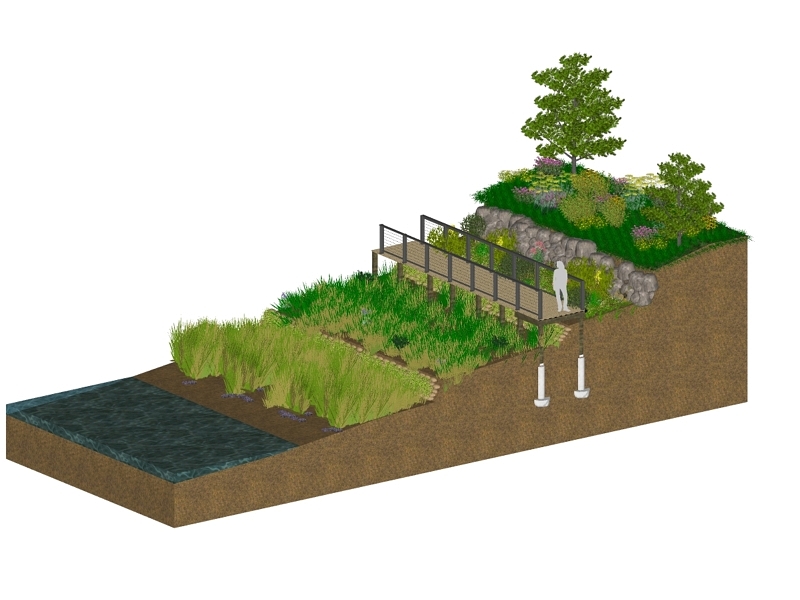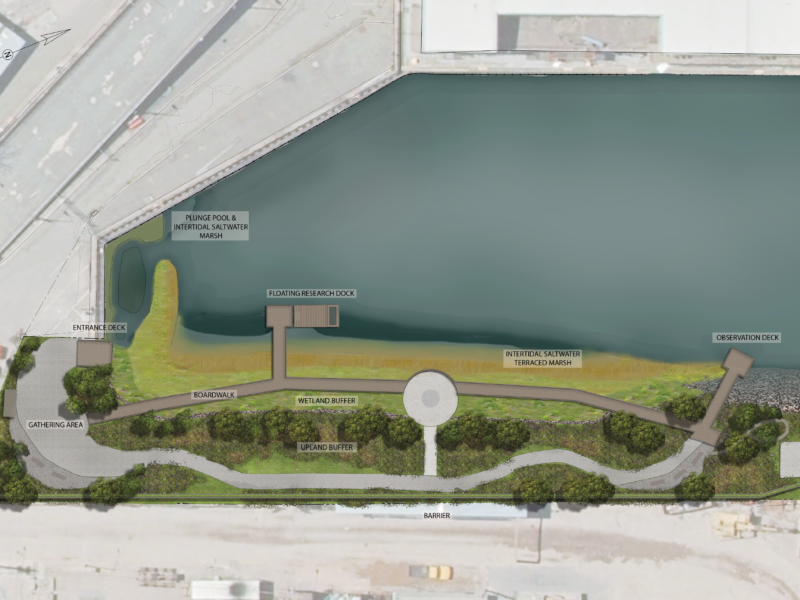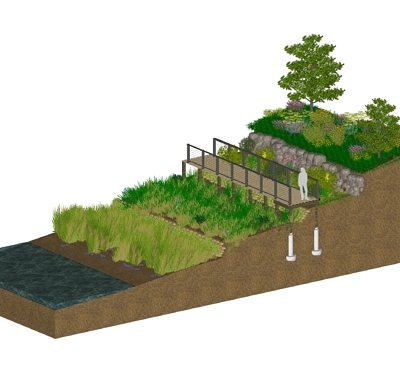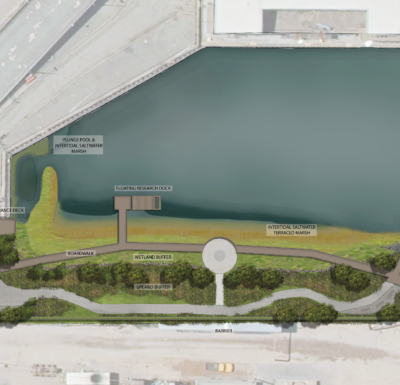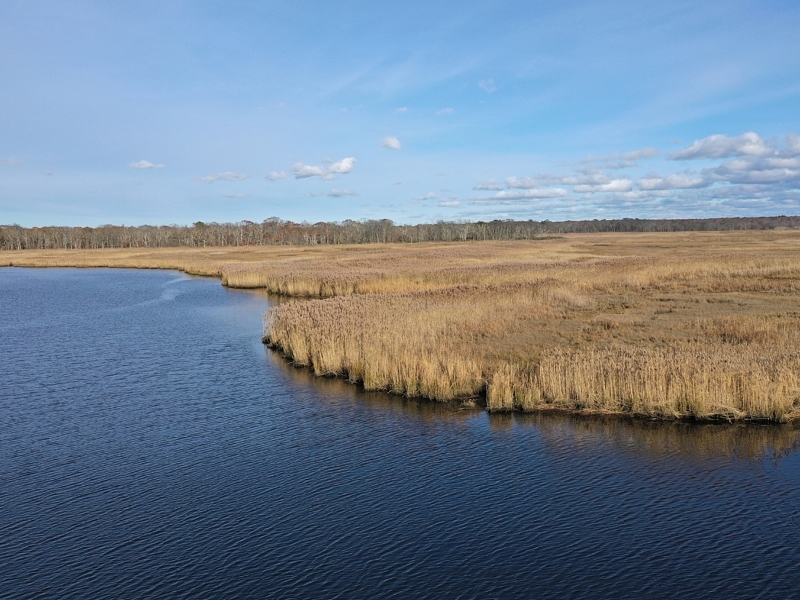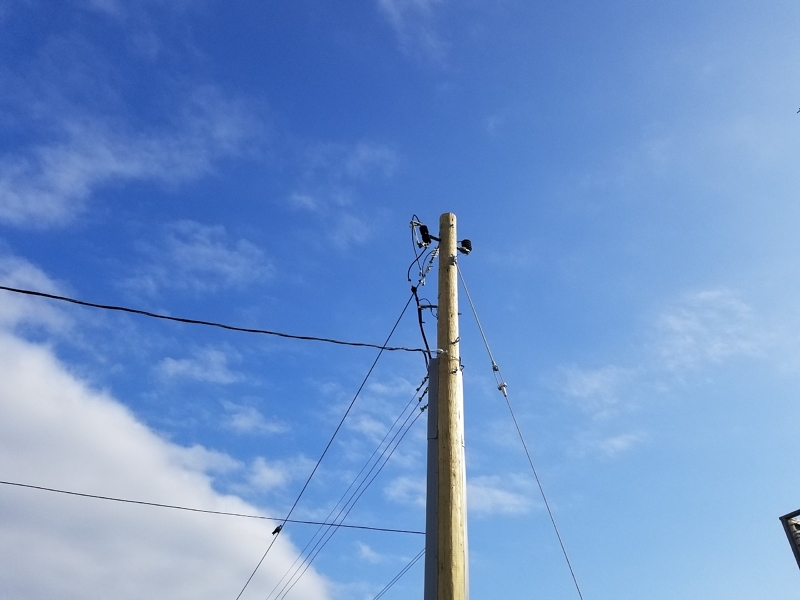No Name Inlet Wetland Restoration – Newtown Creek
Project Location: Brooklyn, NY
Client: Newtown Creek Alliance & CUNY LaGuardia
NPV was selected to provide a passive park design and wetland restoration strategy along No Name Inlet at the end of North Henry Street, Brooklyn, NY. The site is both unique and challenging. The park area is linear along North Henry Street and is within an area of industrial use including New York City Sanitation facilities. Attributes relate to the site’s juxtaposition along the No Name Inlet water body, with potential linkages to other parks being planned along Newtown Creek. The site also provides views of Manhattan and opportunities to enhance vegetation and wildlife habitat and water quality improvements. Initial services included site inventory work and preparation of Phase I and 2 Environmental Site Assessments to understand the implications of site construction and inform future design efforts. A number of opportunities were identified for consideration and a schematic plan was developed for feasibility planning and cost estimating. Part of the project involved wetland mitigation to create a minimum of 18,000 square feet of restored tidal wetlands. Through inventory work, NPV identified nearly 23,000 square feet of restoration area. A main focus of the project is to create an intertidal saltwater marsh along with boardwalk access and viewsheds of the marsh and surroundings for enjoyment and educational purposes. The project includes aggressive planting of wetland and buffer areas with a strong native vegetation component to prevent reintroduction of invasive species. Long-term management is planned to ensure success of the restoration and use of the park. NPV assisted with Memorandums of Understanding for work releases with property owners and agencies and helped coordinate project funding through the New York State Department of Environmental Conservation. The CUNY LaGuardia School will maintain research and educational activities and the park will be open for school group learning. Overall, this project is a benefit to natural environmental resources, water quality, aesthetics, park use and linkages, and education, and demonstrates sustainability planning and installation within an urban environment.
Relevant Project Components:
- Sustainable Landscape Design
- Restoration/Mitigation Plans
- Natural Resources Management
- Habitat Restoration Plans
- Landscape Plans
- Phase I ESA
- Phase II ESA
- Interpretive Signage
- Wetland Delineation
- Wetland Permit Plans
